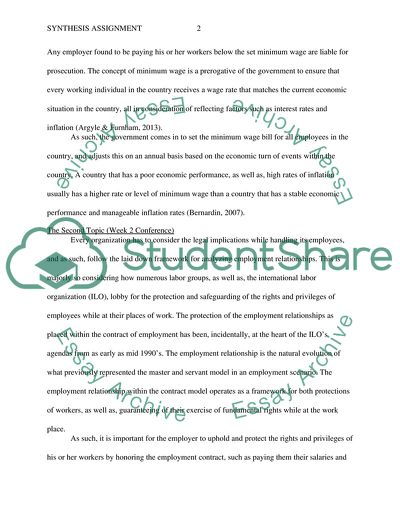Cite this document
(Synthesis Assignment Research Paper Example | Topics and Well Written Essays - 2500 words, n.d.)
Synthesis Assignment Research Paper Example | Topics and Well Written Essays - 2500 words. https://studentshare.org/human-resources/1823014-synthesis-assignment
Synthesis Assignment Research Paper Example | Topics and Well Written Essays - 2500 words. https://studentshare.org/human-resources/1823014-synthesis-assignment
(Synthesis Assignment Research Paper Example | Topics and Well Written Essays - 2500 Words)
Synthesis Assignment Research Paper Example | Topics and Well Written Essays - 2500 Words. https://studentshare.org/human-resources/1823014-synthesis-assignment.
Synthesis Assignment Research Paper Example | Topics and Well Written Essays - 2500 Words. https://studentshare.org/human-resources/1823014-synthesis-assignment.
“Synthesis Assignment Research Paper Example | Topics and Well Written Essays - 2500 Words”. https://studentshare.org/human-resources/1823014-synthesis-assignment.


